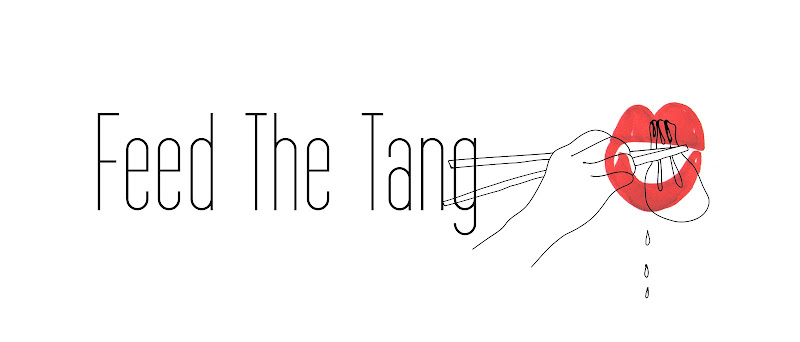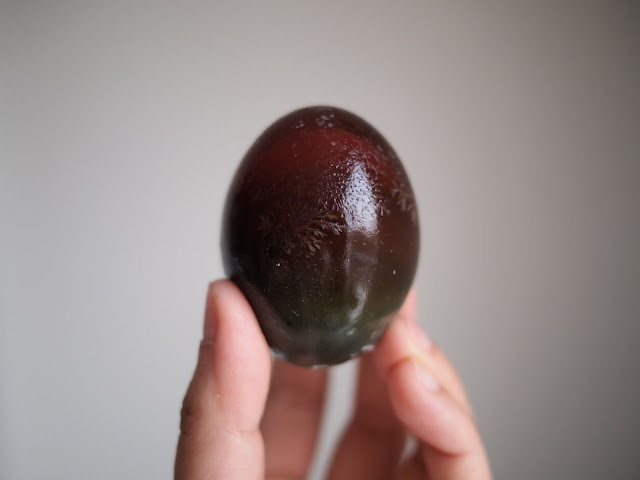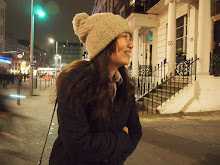My parents moved to Tuen Mun for a while when I was small. It is a town near the sea in the North West of Hong Kong. I have quite a few childhood memories from there, as it was the place where I first went to school, learnt how to ride a bike and owned my first pair of roller skates. Like many other Asian parents, my mum would arrange extensive activities for me to attend after school - singing, ballet, swimming, pretty much everything I am not good at now. Sorry mum!
There was a congee breakfast place that my dad used to take me to almost every day before school. I would always share a bowl of century egg and pork congee, and a plate of deep fried dough with him. The owner’s wife recognised us as regulars so she would always give us a bit more century egg in our portion. Sometimes we would also have a small plate of soy sauce fried noodles with beansprouts instead of the fried dough, but only if I was very good.
This is a cheat congee recipe as I used frozen cooked rice to speed up the cooking. The proper way (according to me) of cooking congee, is to marinate washed rice grains with sesame oil and salt the night before, and then boil in water or stock for at least 1.5 hours until the desired consistency is achieved. I like mine thick and heavy.
I used pork shoulder in this recipe because I like to have a bit of fat in my meat. Traditionally we use lean pork (瘦肉), like loin, which is poached until tender and then shredded to mix into the congee.
Century egg and pork congee
Serves 2
2 Century eggs
250g Pork shoulder
300g Cooked rice (frozen)
1.2l Water
Thumb sized piece of ginger, cut into short and thin strips
1 Stalk spring onion, roughly chopped
For the pork marinade:
1 tbsp Soy sauce (this will make the congee looks a bit brown, you can use 1tsp salt instead)
1 tsp Sesame oil
1 tsp Cornflour
0.5 tsp Sugar
Pinch of white pepper
Cut the pork into small slices and then mix with the marinade, set aside for at least 30 minutes.
Put the rice and water into a medium saucepan, bring to the boil. Keep boiling at a medium high heat for around 10 minutes. Do not leave the pan unattended as it may overflow. Add the pork and a couple of ginger pieces to the pan, and then turn the heat down to medium low. Put the lid on but leave a small gap between the lid and the pan by using a wooden spoon or chopstick. Simmer for 20 minutes.
Meanwhile, remove shell of the century egg, and then cut it into small pieces. Add half of the century egg pieces to the congee. Simmer for further 15 to 30 minutes, depending on what consistency you are after. The longer you leave it, the thicker the congee will become.
Use a ladle to serve the congee in a large bowl, and then put the rest of the egg and the spring onion on top to finish.







































